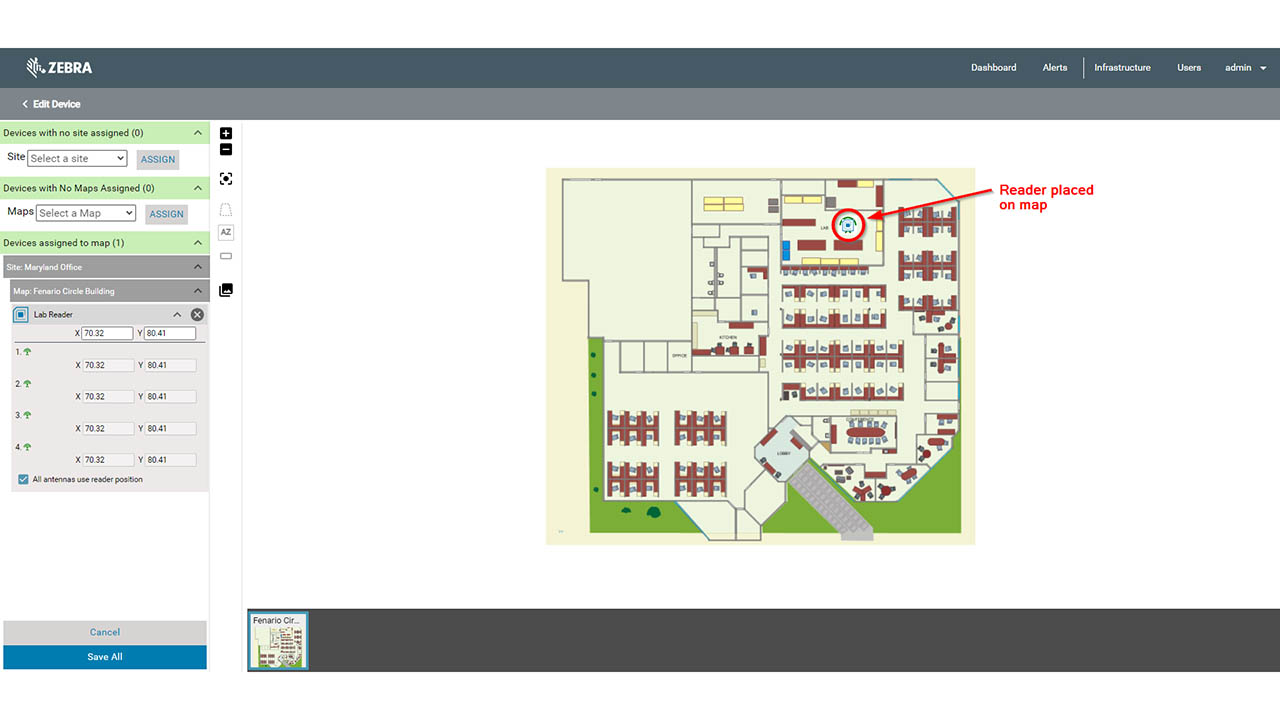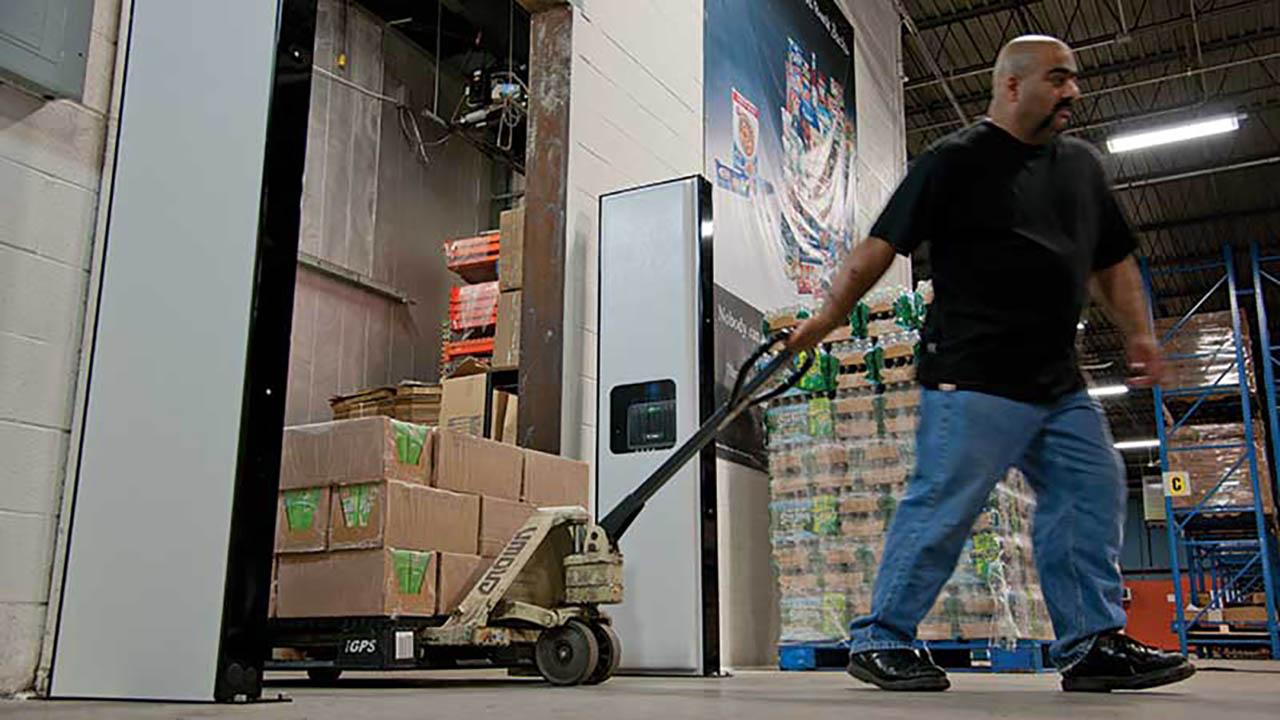
Heads Up: This is How You Should Actually Be Managing Your RFID Readers
Leonardo Da Vinci once said, “Simplicity is the ultimate sophistication.” We believe that rings truer today than ever before, especially in business.
Even though technology is fashioned to make our jobs – and our overall lives – easier, it has become more complicated to manage with each passing day. That’s not something we can design out. It’s just a byproduct of scale. The more devices you bring online, the more devices you must diligently monitor and maintain to ensure they stay online. Likewise, the larger your software stack, the more sizeable your organization’s refinement/optimization queue will likely become.
But don’t despair. The complexity of managing today’s technologies – though inherent – is not a permanent problem. At least not when it comes to managing RFID systems that rely on Zebra passive RFID readers.
We recently released new MotionWorks Enterprise RFID Reader Management software that enables you, or anyone on your team, to easily deploy and manage a network of Zebra passive RFID readers. We asked John Hughes, Director of Software Product Management at Zebra, to give you the scoop on what it is, how it works and why it’s going to make your job so much less stressful…
Your Edge Blog Team: Tell us about the new MotionWorks Enterprise RFID Reader Management solution.
John: In a nutshell, this new software platform allows you – or anyone you designate – to onboard, configure and monitor the status of every cloud-ready Zebra fixed RFID reader in your system from one consolidated application. You don’t need multiple tools to manage different types of Zebra fixed RFID readers anymore. And if you manage other kinds of readers, MotionWorks Enterprise RFID Reader Management can integrate with your other enterprise management tools.
Your Edge Blog Team: Is it similar to the Zebra DNA tools customers use to manage their Zebra mobile computers, printers and barcode scanners?
John: Zebra DNA is how we describe the collections of tools we offer for our edge devices – the useful utilities, apps, drivers, software development kits (SDKs) and so on that help you to more easily optimize the value you get from Zebra devices. While MotionWorks Enterprise RFID Reader Management is currently designed for the management of Zebras fixed RFID readers, it’s also part of a modular next generation version of our MotionWorks Enterprise location solutions platform. This new RFID Reader Management software is a finished enterprise server-side application that users can just install and run. It isn’t exclusively focused on developers or the Zebra cloud but can help end-users and support on-premises deployment.
Your Edge Blog Team: Let’s talk about the current Motionworks Enterprise platform for a minute. What can it do and how is it most commonly used?
John: MotionWorks Enterprise is a comprehensive software suite that includes tools for deploying and managing RFID readers, but it’s primarily focused on tracking use cases where the movement of enterprise resources (i.e., assets, goods, workers) serves as a proxy for the state of the business workflows. Tracking these things helps many companies automate the next level of information flows above barcode data collection and free up workers to do the actual work of the company.
Your Edge Blog Team: So, how does MotionWorks Enterprise RFID Reader Management differ from the RFID management capabilities you just described?
John: The new RFID Reader Management module is designed only to help IT and operations managers deploy, configure and manage a population of location sensors and RFID readers. It’s the first of four planned modules that break out the functionality of our larger MotionWorks Enterprise location platform software into bite-sized, easy to learn and use pieces. Those modules will be able to work together, forming the next generation of location platform software for Zebra. But this first module, RFID Reader Management, doesn’t do any tracking. It’s just simple, powerful, reader management.
Your Edge Blog Team: Why did you focus on RFID Reader Management for the first module?
John: We have a tremendous amount of demand for just that function at the enterprise scale from our partners and end users.
Your Edge Blog Team: So, this new MotionWorks Enterprise RFID Reader Management software is essentially just extending the “one dashboard, all devices" management experience to RFID?
John: Yes. It’s fully compatible with our current portfolio of fixed passive RFID readers, so they can all be managed through the same dashboard/app. And it’s built to use the IOT Connector for RFID, making it easy to securely manage a worldwide population of readers from a single console.
Instead of using tools optimized to configure a single reader or – worse – having a different tool for each different kind of reader, this gives customers and their partners the ability to monitor the health and status of different types of Zebra passive RFID readers without having to learn or develop different applications to support them.
Your Edge Blog Team: How hard is it to deploy and manage Zebra RFID readers without the Motionworks Enterprise RFID Reader Management platform?
John: It’s not so much that it’s difficult. We offer excellent tools for configuring and deploying RFID readers. But those are mostly tools for deploying a handful of readers or configuring readers on site and one at a time. This new software is focused more on giving customers a central command center to push configuration, digital security certificates, and firmware updates to their entire population of readers and to keep an active eye on their ongoing performance and health.
Your Edge Blog Team: Why is this type of RFID reader management tool so important right now? Customers have been getting by without it for years. What’s changed?
John: RFID technology has reached a tipping point. While barcodes are incredibly useful and as cost effective as it’s possible to be, RFID can be more versatile and efficient in taking automation to the next level. And affordable RFID tags are quickly becoming commonplace at every step of the supply chain—from manufacturing through transportation and logistics to end users in retail, hospitality, healthcare and more. As such, RFID readers will soon be as prolific as barcode scanners, and the rapid onboarding of devices calls for new onboarding and management mechanisms – preferably ones that allow for simple, remote management by any employee.
With MotionWorks Enterprise RFID Reader Management, no one has to learn or develop different applications to support the many different types of RFID readers that may need to be brought online and managed. And going to the physical location of the reader to diagnose and manage it is becoming a thing of the past, as we can now monitor and update readers from anywhere using modern IT and cloud-friendly protocols and security.
Your Edge Blog Team: Can the MotionWorks Enterprise RFID Reader Management app be integrated with other device management systems. For example, if someone is using an enterprise mobility management (EMM) platform, could they hypothetically see RFID reader and mobile device performance in a single dashboard or app?
John: It can integrate with other enterprise applications, management tools and service providers by connecting outbound reader or system software alerts and forwarding those to a customer or partner’s existing case management application that’s built in and is a simple configuration setting. It can also be integrated more deeply via built-in application programming interfaces (APIs) that allow partners with existing tools to use MotionWorks Enterprise RFID Reader Management as a centralized touch point to reach out to thousands of downstream readers at a time.
Your Edge Blog Team: Does this new MotionWorks Enterprise RFID Reader Management software benefit an organization that may only have one or two RFID readers? Or is it designed for larger fleet management?
John: I guess it depends on the customer’s needs. Most device configuration tools are great for setting up a few readers but don’t stay connected to provide ongoing monitoring of the health of the reader or to provide ongoing remote access to the reader to keep it updated and patched. Our IoT Connector feature set, built into the readers themselves, provides a super easy and useful set of APIs and controls to allow individual readers to be securely managed from the cloud or anywhere. That may be the most cost-effective way to manage one or two readers, and it can also support the needs of partners that want to extend their own reader management tools to Zebra RFID readers.
But the benefit of MotionWorks Enterprise RFID Reader Management is that it is a server application that takes advantage of the IoT Connector on the reader to give users a way to monitor and manage multiple readers, on an ongoing basis, without having to develop their own application or access the readers at an API level. RFID Reader Management is also the first module of the next generation of the MotionWorks Enterprise location solutions platform as I previously mentioned, so customers looking for real-time awareness and intelligence about the location and movement of assets may find it best to begin with the MotionWorks Enterprise RFID Reader Management module and expand to tracking with subsequent modules.
Your Edge Blog Team: Could someone use the RFID Reader Management tool without having to setup the full Motionworks Enterprise software suite?
John: Absolutely. Just like you used to be able to buy Microsoft PowerPoint or Excel software without having to pay for the entire Office 360 suite, you can decide only to use the RFID Reader Management module and nothing else.
We know that not every organization is going to need the full functionality of a tracking solution. Many customers already do their own tracking for example, like postal or shipping companies. So, the beauty of the MotionWorks Enterprise modular design is that we can now work with businesses that prefer a smaller, more focused feature set to select the practical, prescribed modules they need to be able to gather, interpret and apply data from their RFID readers – whether for the purpose of reader management or another business application.
Your Edge Blog Team: Is there a maximum number of Zebra passive RFID readers that can be managed via this modular tool?
John: The current release supports up to 2,000 readers right out of the box. It’s available in various capacity SKUs to provide options for smaller deployments. But we did architect this module to allow for scaling up to tens of thousands of readers per customer, so the software can be used in larger deployments. It would just need to be configured by Zebra as part of the customer’s project.
Your Edge Blog Team: Can the Motionworks Enterprise RFID Reader Management software be used to manage RFID sleds or handheld RFID mobile computers? Or just fixed readers?
John: Currently, in version 1.0, the software manages only Zebra fixed RFID readers. We’re in the process of adding support for Zebra’s new RFID sleds, which are independently manageable without requiring a mobile device app or service. For now, the handheld RFID mobile computers will continue to be managed as they are today, via whatever onboard MDM software the partner already uses for those devices. Our priority is to expand the new RFID Reader Management software to include other unattended devices first as we think that’s more of a missing capability. This will include Zebra’s active RFID products as well as other unattended sensors. For example, we’re currently learning the ins and outs of managing fixed industrial scanners, as we may be able to add value there too.
Your Edge Blog Team: This tool also allows someone located at a different site – or even in a different country – to keep tabs on deployed RFID readers, right?
John: It does indeed. Since MotionWorks Enterprise RFID Reader Management uses the IoT Connector to talk to readers, those readers can be anywhere and the server software can be anywhere else and the user can access the software via browser from somewhere else yet. The connections are secured via standard open transport layer security (TLS)-based certificates and use cloud-ready protocols and methods, providing safe operation with easy setup compatible with customers firewalls.
Your Edge Blog Team: When someone logs into the RFID Reader Management app, what type of information are they going to see?
John: The dashboard will show, at a glance, the overall health of the system, both for the readers throughout the network and for the reader management server software. There is also a central console screen, the Devices page, that shows the current operational status of every reader in the network, along with its configuration, firmware level and other details. Users can see a sortable filterable list, and if they want can see the readers on a map – or both at the same time.
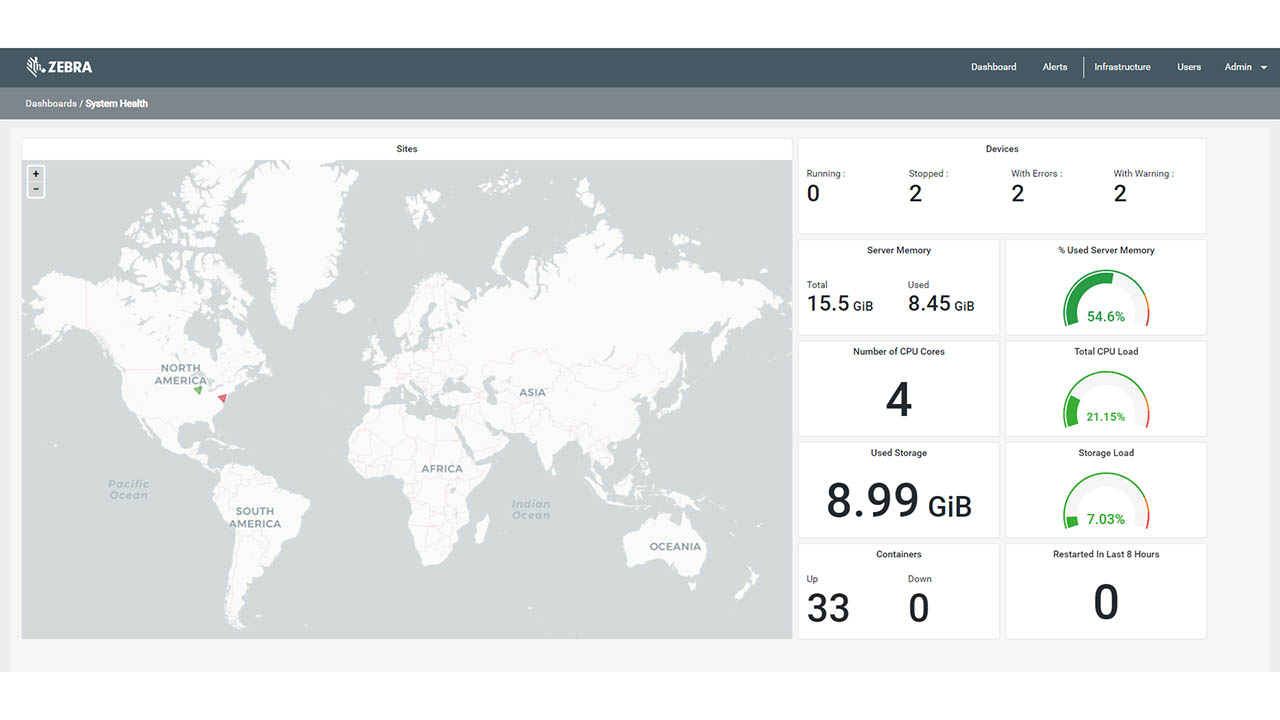
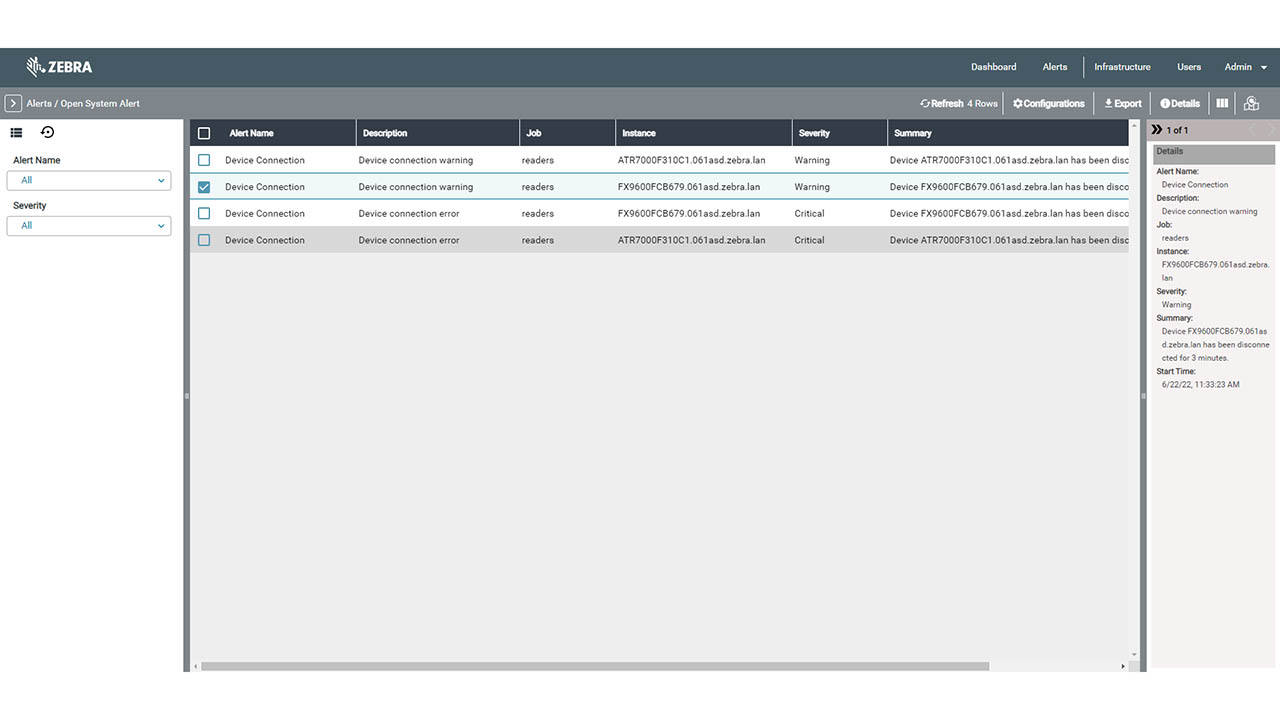
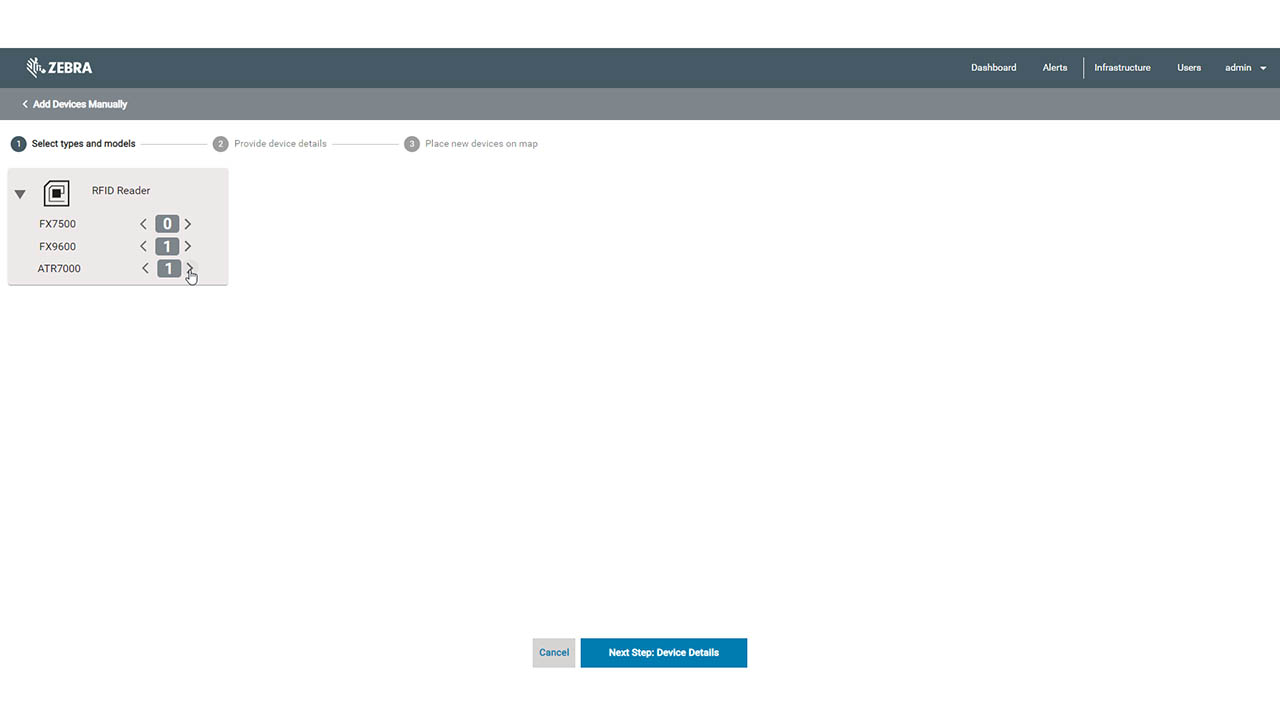
Your Edge Blog Team: And what happens if they see something wrong?
John: The exciting thing is that users can see the information easily and zoom in to see just the issues, and they can reach out and touch the readers directly from this screen to update firmware, configure readers, or diagnose and debug reader operations. The MotionWorks RFID Reader Management module makes it really simple to see any alerts about the system or readers, setup connections to notify others, and to reach out and manage all the readers directly from the user’s browser.
Your Edge Blog Team: You said the tool can also be used to deploy new readers and proactively manage them. Tell us more about that.
John: With the MotionWorks Enterprise RFID Reader Management module, you can add readers to the management system one or multiple at a time, with the user screens, via APIs, or by importing a list of readers. You can configure those readers using templates or individually. You can configure the readers by setting the details of each config option, or you can configure them very simply by setting the readers’ “mode.”
The IoT Connector includes the idea of “mode,” where each connected Zebra device understands how best to operate its own supported use cases. So, I can tell an RFID reader simply to “be a dock door portal” or “be an overnight inventory reader” or “be a conveyor-belt reader.” Other devices, like printers, scanners or active RFID sensors, would understand their own best use cases, and those might be different from the use cases of a passive RFID reader. But the IoT Connector allows for both. It also allows you to bypass “mode” to get to the detailed settings if you like, allowing for site-specific optimization and for new use cases.
Configuration of the readers includes the readers’ operation and radio settings, as well as their network settings and any metadata needed for the MotionWorks Enterprise RFID Reader Management module to work well. It also includes telling each reader where to send its RFID reads. The RFID Reader Management module collects reader health and status information but does not process the RFID reads themselves – those are sent directly to whatever destination application or endpoint the customer solution requires. So, part of configuring readers is to tell the reader which customer or partner backend applications to send its reads directly to, via REST webhook or MQTT.
In addition to configuration, you can push or rollback firmware updates. Operations like loading certs, rebooting readers, and stopping or starting reader services can all be performed from the console. And you can do these tasks for one reader, all readers, or any select group of readers.
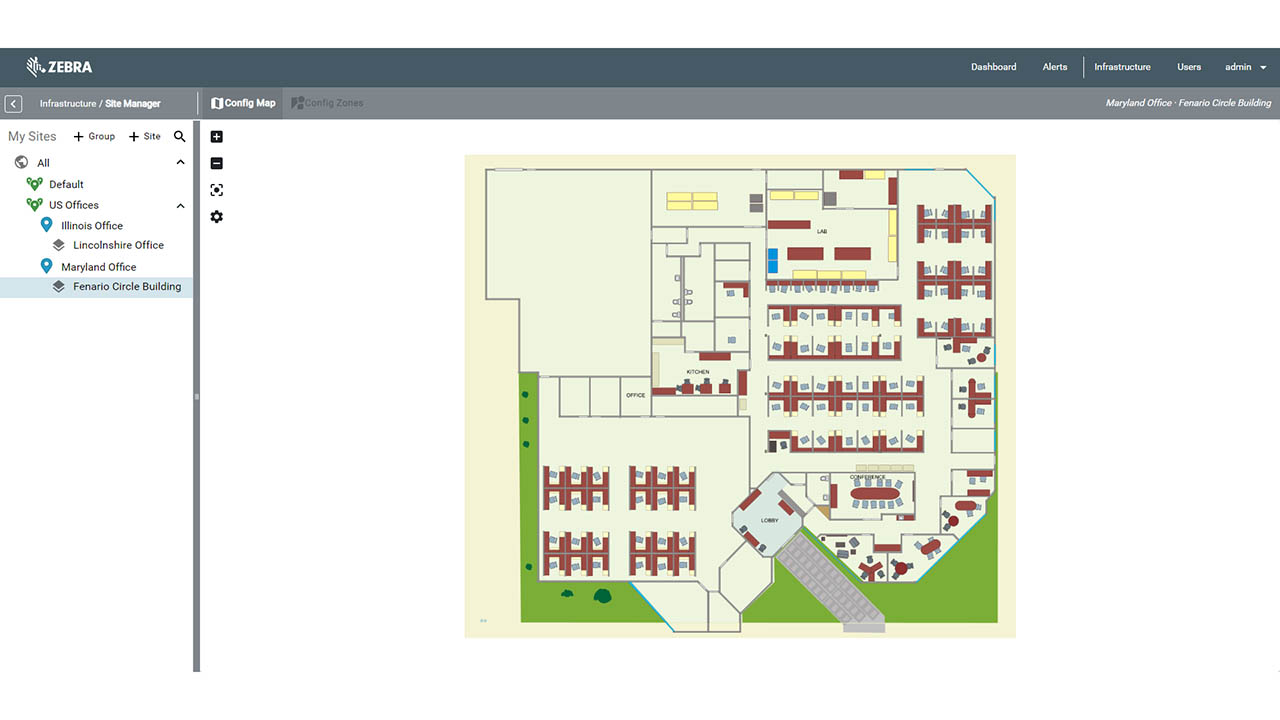
Your Edge Blog Team: Can organizations customize the Motionworks Enterprise RFID Reader Management software in any way?
John: Generally, there isn’t a lot of customization possible with the MotionWorks Enterprise RFID Reader Management software. Most functions are built in and fixed. The readers themselves can be configured however one needs, and connectivity to forward both RFID read data and reader management alerts to customers’ backend systems or other administrators can be configured. But those configuration options are standard options available to end users via the user interface (UI) screens or to developers via the APIs. It’s a very simple but powerful product that does its fixed specific job very well, without any additional complications.
Your Edge Blog Team: Where should people go to learn more?
John: Our website is the best place to start, and then I recommend they schedule time to speak with their Zebra account manager to understand how the software works and, ultimately, get it set up.
